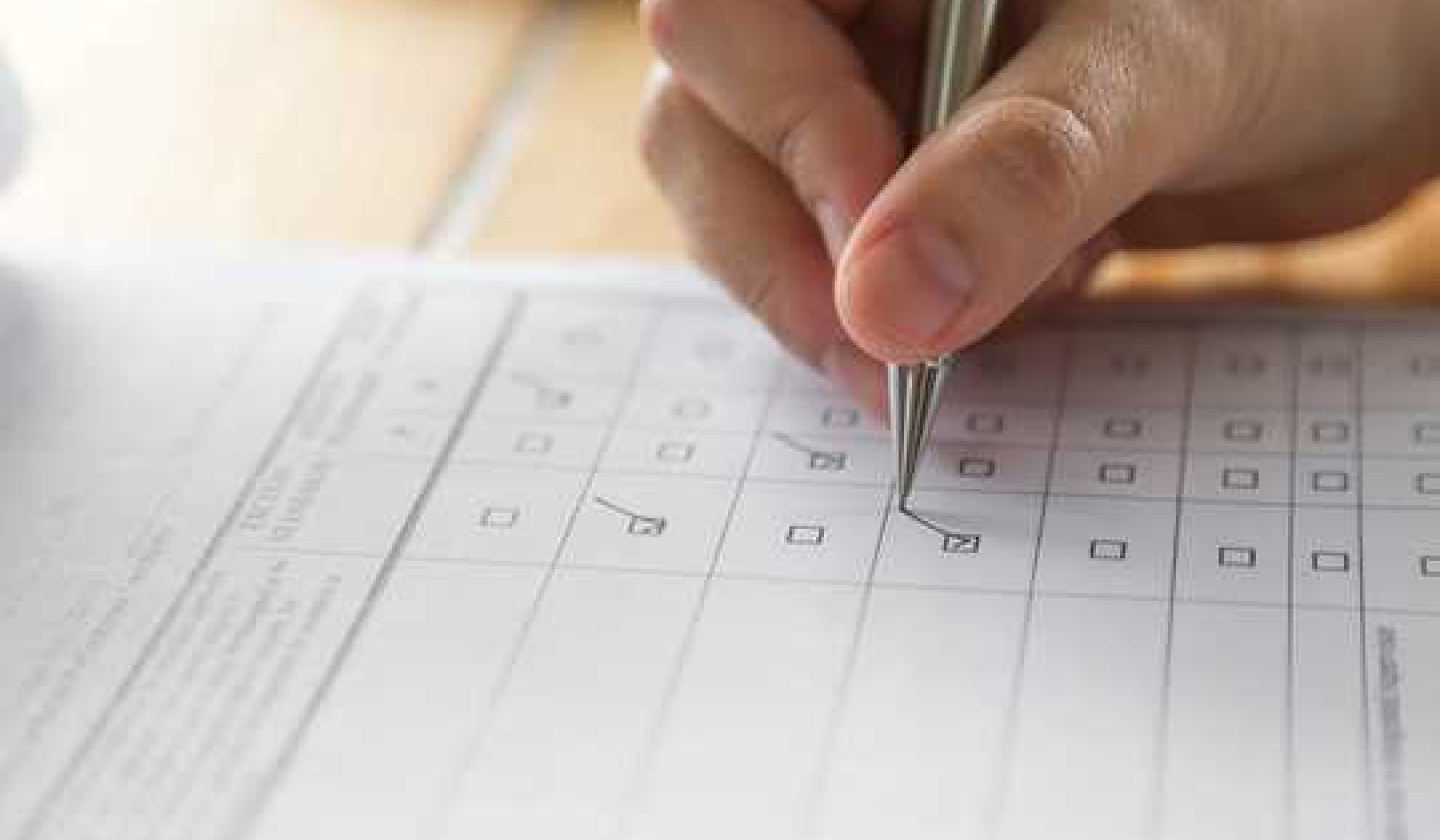How many emails are in your inbox? If the answer is thousands, or if you often struggle to find a file on your computer among its cluttered hard drive, then you might be classed as a digital hoarder.
In the physical world, hoarding disorder has been recognised as a distinct psychiatric condition among people who accumulate excessive amounts of objects to the point that it prevents them living a normal life. Now, research has begun to recognise that hoarding can be a problem in the digital world, too.
A case study published in the British Medical Journal in 2015 described a 47-year-old man who, as well as hoarding physical objects, took around 1,000 digital photographs every day. He would then spend many hours editing, categorising, and copying the pictures onto various external hard drives. He was autistic, and may have been a collector rather than a hoarder — but his digital OCD tendencies caused him much distress and anxiety.
The authors of this research paper defined digital hoarding as “the accumulation of digital files to the point of loss of perspective which eventually results in stress and disorganisation”. By surveying hundreds of people, my colleagues and I found that digital hoarding is common in the workplace. In a follow-up study, in which we interviewed employees in two large organisations who exhibited lots of digital hoarding behaviours, we identified four types of digital hoarder.
“Collectors” are organised, systematic and in control of their data. “Accidental hoarders” are disorganised, don’t know what they have, and don’t have control over it. The “hoarder by instruction” keeps data on behalf of their company (even when they could delete much of it). Finally, “anxious hoarders” have strong emotional ties to their data — and are worried about deleting it.
Working life
Although digital hoarding doesn’t interfere with personal living space, it can clearly have a negative impact upon daily life. Research also suggests digital hoarding poses a serious problem to businesses and other organisations, and even has a negative impact on the environment.
To assess the extent of digital hoarding, we initially surveyed more than 400 people, many of whom admitted to hoarding behaviour. Some people reported that they kept many thousands of emails in inboxes and archived folders and never deleted their messages. This was especially true of work emails, which were seen as potentially useful as evidence of work undertaken, a reminder of outstanding tasks, or were simply kept “just in case”.

Saving work emails is a common form of digital hoarding. Rawpixel.com/Shutterstock
Interestingly, when asked to consider the potentially damaging consequences of not deleting digital information – such as the cybersecurity threat to confidential business information – people were clearly aware of the risks. Yet the respondents still showed a great reluctance to hit the delete button.
At first glance, digital hoarding may not appear much of a problem — especially if digital hoarders work for large organisations. Storage is cheap and effectively limitless thanks to internet “cloud” storage systems. But digital hoarding may still lead to negative consequences.
First, storing thousands of files or emails is inefficient. Wasting large amounts of time looking for the right file can reduce productivity. Second, the more data is kept, the greater the risk that a cyberattack could lead to the loss or theft of information covered by data protection legislation. In the EU, new GDPR rules mean companies that lose customer data to hacking could be hit with hefty fines.
The final consequence of digital hoarding — in the home or at work — is an environmental one. Hoarded data has to be stored somewhere. The reluctance to have a digital clear-out can contribute to the development of increasingly large servers that use considerable amounts of energy to cool and maintain them.

Data stored online is saved on servers, which have a large carbon footprint. sedcoret/Shutterstock
How to tackle digital hoarding
Research has shown that physical hoarders can develop strategies to reduce their accumulation behaviours. While people can be helped to stop accumulating, they are more resistant when it comes to actually getting rid of their cherished possessions — perhaps because they “anthropomorphise” them, treating inanimate objects as if they had thoughts and feelings.
We don’t yet know enough about digital hoarding to see whether similar difficulties apply, or whether existing coping strategies will work in the digital world, too. But we have found that asking people how many files they think they have often surprises and alarms them, forcing them to reflect on their digital accumulation and storing behaviours.
As hoarding is often associated with anxiety and insecurity, addressing the source of these negative emotions may alleviate hoarding behaviours. Workplaces can do more here, by reducing non-essential email traffic, making it very clear what information should be retained or discarded, and by delivering training on workplace data responsibilities.
In doing so, companies can reduce the anxiety and insecurity related to getting rid of obsolete or unnecessary information, helping workers to avoid the compulsion to obsessively save and store the bulk of their digital data.
About the Author
Nick Neave, Associate Professor in Psychology, and Director of the Hoarding Research Group, Northumbria University, Newcastle
This article is republished from The Conversation under a Creative Commons license. Read the original article.
Books on Improving Performance from Amazon's Best Sellers list
"Peak: Secrets from the New Science of Expertise"
by Anders Ericsson and Robert Pool
In this book, the authors draw on their research in the field of expertise to provide insights into how anyone can improve their performance in any area of life. The book offers practical strategies for developing skills and achieving mastery, with a focus on deliberate practice and feedback.
Click for more info or to order
"Atomic Habits: An Easy & Proven Way to Build Good Habits & Break Bad Ones"
by James Clear
This book offers practical strategies for building good habits and breaking bad ones, with a focus on small changes that can lead to big results. The book draws on scientific research and real-world examples to provide actionable advice for anyone looking to improve their habits and achieve success.
Click for more info or to order
"Mindset: The New Psychology of Success"
by Carol S. Dweck
In this book, Carol Dweck explores the concept of mindset and how it can impact our performance and success in life. The book offers insights into the difference between a fixed mindset and a growth mindset, and provides practical strategies for developing a growth mindset and achieving greater success.
Click for more info or to order
"The Power of Habit: Why We Do What We Do in Life and Business"
by Charles Duhigg
In this book, Charles Duhigg explores the science behind habit formation and how it can be used to improve our performance in all areas of life. The book offers practical strategies for developing good habits, breaking bad ones, and creating lasting change.
Click for more info or to order
"Smarter Faster Better: The Secrets of Being Productive in Life and Business"
by Charles Duhigg
In this book, Charles Duhigg explores the science of productivity and how it can be used to improve our performance in all areas of life. The book draws on real-world examples and research to provide practical advice for achieving greater productivity and success.
























